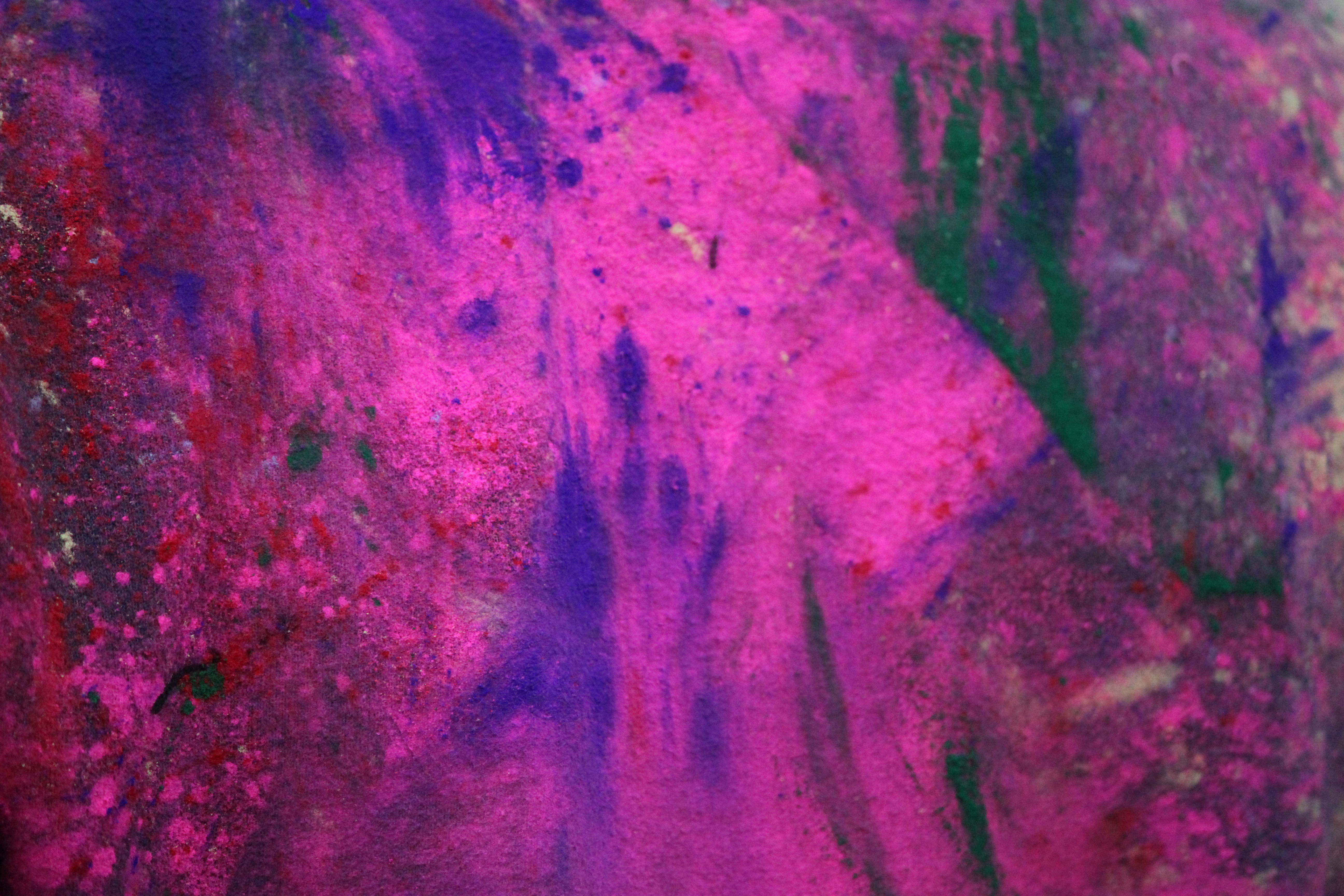The World is Not Your Oyster: Why Color Runs Have No Place at Lake Forest College

On April 14, the Department of Athletics sponsored the annual Ry’s Run, a 5K held in honor of Ry McCarthy ’10, a goalie on the women’s hockey team who lost her battle with cancer in 2009.
While the goal of the event is admirable— to raise money for the American Cancer Society—the fact that it involves the appropriation of Hindu culture is deplorable.
The situation is this: approximately 92.5 percent (49 of 53) of athletic department administrators are white, and of the 7.5 percent of administrators who are non-white (4 out of 53), none of them are of South Asian descent. Therefore, it would be reasonable to conclude that no members of this department are uniquely qualified to host a “color run,” nor are they entitled to do so.
The fact that many readers will find our arguments too petty and irrelevant is only evidence of how much a significant religious event has been mangled beyond recognition.
Color runs are a whitewashed extrapolation of Holi, which is an ancient Hindu festival primarily observed in South Asia. The festival has incredibly deep roots going back to the 4th century.
According to legend, King Hiranyakashipu of Multan earned a blessing that made him nearly indestructible, and resulted in him declaring himself God. However, the King’s son, Prahlada, refused to worship his father and remained faithful to Vishnu. Prahlada’s evil aunt Holika tricked him into sitting on a pyre while she wore a cloak that made her immune to fire.
In a great twist of fate, the cloak flew from Holika and wrapped around Prahlada, sparing him and leaving his aunt to burn alive. Soon after, Vishnu appeared and proceeded to kill Hiranyakashipu. The next day, people came to apply ash from the fire to their foreheads. Eventually, colored powder was used to celebrate Holi.
Other areas possess different stories, though Holi has generally become a celebration of the start of spring, the beginning of a new year, a chance for absolution, an affirmation of the power of good over evil.
The night before Holi, massive bonfires are lit and people sing and dance in order to commemorate the burning of Holika. The follow day, young people spray Gulal (colored power solutions) at each other and adults smear Abir (dry colored powder) on each other’s faces.
We hope to have enlightened you on the origins of Holi, its cultural and religious significance to South Asians, and the deplorable appropriation it has undergone in the West. Culture is not something that can be divorced from a people, and conveniently used out of context by others.
We encourage the coordinators of Ry’s Run and Lake Forest College to consider alternatives to a “color run” such as a Hot Chocolate Run, Tye-Dye Run, Krispie Kreme Challenge, Mustache Dache, or a myriad of other alternatives that don’t insult or compromise the heritage, identity, and cherished practices of a people.
This change would better honor the memory of Ry McCarthy, and not stain her name with the practice of cultural appropriation.

